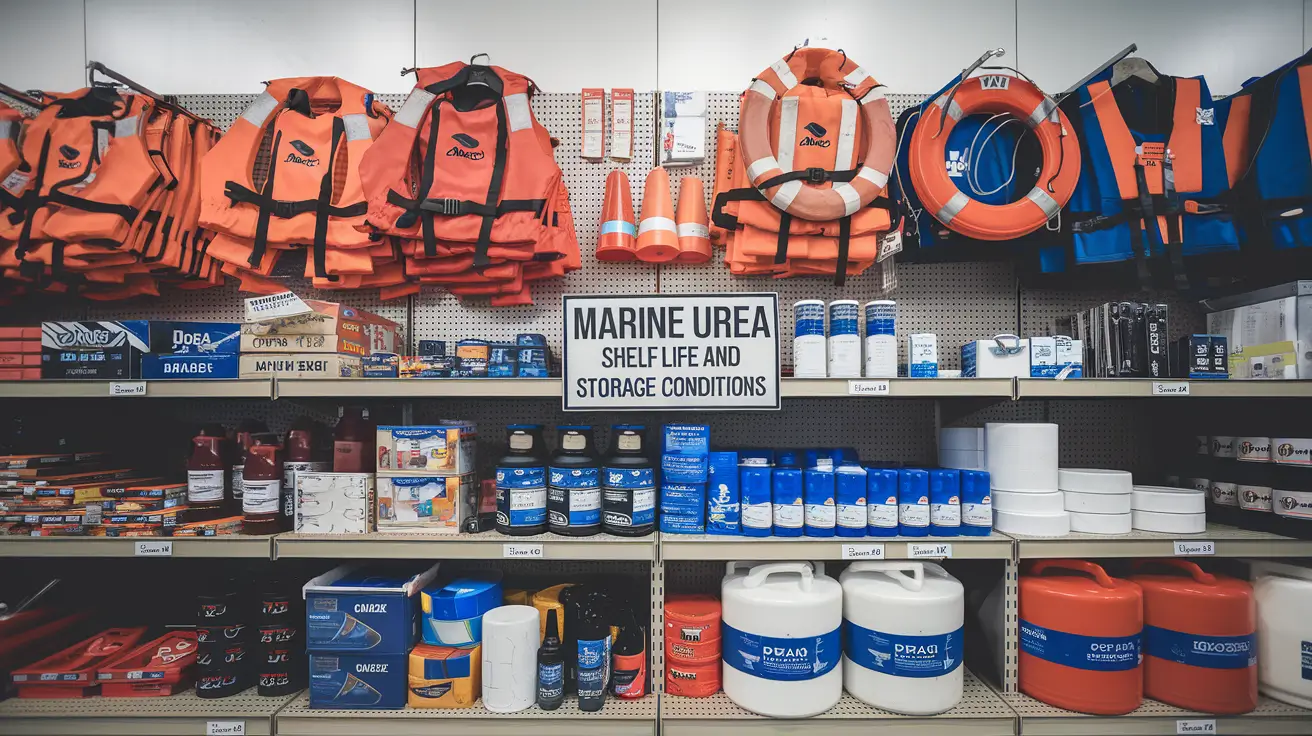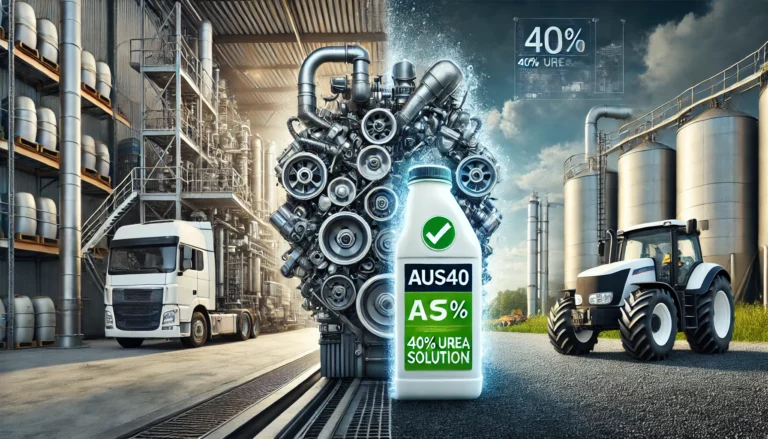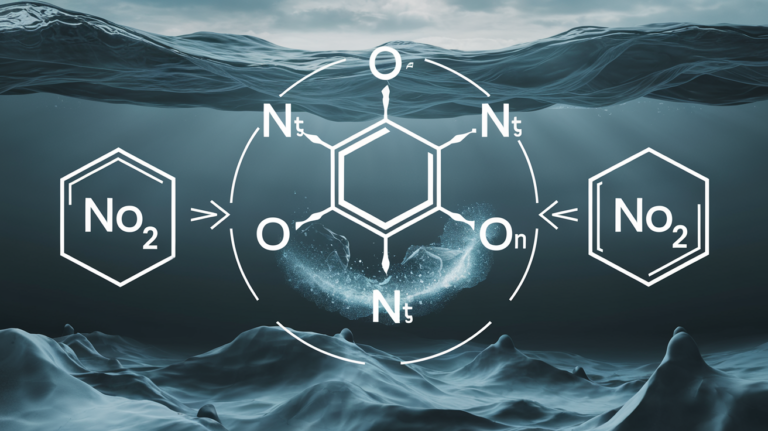A Deep Dive into Marine Urea Shelf Life and Storage Conditions
In the intricate tapestry of maritime emission control, Marine Urea emerges as a key player in neutralizing harmful Nitrogen Oxides (NOx). As ships set sail into cleaner, more sustainable waters, a question surfaces: What’s the shelf life of the Marine Urea Solution?
This article navigates the nuances of storage conditions and shelf life, unraveling the science behind preserving the efficacy of this crucial environmental solution.
Decoding the Shelf Life Puzzle
Marine Urea Solution, a catalyst in the reduction of NOx emissions, possesses a shelf life that hinges on the delicate interplay of temperature and time. Understanding the dynamics of its longevity is not only crucial for environmental compliance but also for optimizing the cost-effectiveness of this emission-reducing technology.
1. Optimal Conditions: 0 to 25°C (32 to 77°F)
At the heart of preserving Marine Urea Solution lies the sweet spot of temperature control. When stored within the range of 0 to 25°C (32 to 77°F), this solution boasts a shelf life of approximately 18 months. This ideal temperature range not only maintains the chemical stability of the Marine Urea but also ensures its effectiveness in tackling NOx emissions.
2. Temperature Fluctuations: Adapting to Change
As the mercury rises or falls, so does the shelf life of the Marine Urea Solution. When exposed to temperatures less than 30°C (less than 86°F), the shelf life dwindles to 12 months. A further increase in storage temperature, falling below 35°C (less than 95°F), shortens the shelf life to 6 months. It becomes evident that temperature fluctuations play a pivotal role in determining the longevity of this vital emission control solution.
3. The Heat Challenge: Above 35°C (More than 95°F)
Beyond 35°C (more than 95°F), the Marine Urea Solution faces a formidable adversary – heat. At such elevated temperatures, the solution becomes unstable, challenging its chemical integrity. While it’s advisable to check every batch before use in these conditions, the overarching recommendation is clear – high temperatures are not conducive to the preservation of Marine Urea.
Strategies for Prolonging Shelf Life
Preserving the efficacy of Marine Urea Solution extends beyond temperature management. Implementing strategic measures can further enhance its shelf life, ensuring that ships can rely on this emission control technology without compromise.
1. Proper Storage Infrastructure
Investing in adequate storage infrastructure is the first line of defense in maintaining the integrity of Marine Urea Solution. Temperature-controlled storage facilities, shielding the solution from extreme weather conditions, contribute significantly to prolonging its shelf life.
2. Monitoring and Quality Assurance
Regular monitoring and quality assurance practices are indispensable. Periodic checks, especially in regions where temperature fluctuations are common, can act as early warning systems, preventing the use of compromised Marine Urea Solution.
3. Education and Training
Ensuring that maritime personnel are well-versed in the nuances of storage conditions is paramount. Education and training programs can empower ship operators, crew members, and maintenance staff to adhere to best practices, safeguarding the longevity of the Marine Urea Solution.
The Economic and Environmental Impact
The shelf life of Marine Urea Solution is not merely a technical consideration; it carries economic and environmental ramifications. A judicious approach to storage conditions translates into cost savings for ship operators, reducing the frequency of replenishments and minimizing waste. Moreover, the environmental benefits of prolonged shelf life align with the broader goal of sustainable maritime practices.
Regulatory Compliance and Best Practices
As the maritime industry steers towards increasingly stringent emission regulations, adherence to best practices in handling Marine Urea Solution becomes non-negotiable. Regulatory bodies, such as the International Maritime Organization (IMO), emphasize the importance of emission control technologies and their proper maintenance.
Aligning with these standards not only ensures compliance but also positions the industry as a responsible steward of the seas.
The Seas of Sustainability
In the quest for cleaner oceans and skies, the role of Marine Urea Solution is undeniably pivotal. Understanding and optimizing its shelf life is not a mere technicality but a proactive step towards a sustainable maritime future. As technology and regulations continue to evolve, ship operators, manufacturers, and regulatory bodies must collaborate to ensure that the promise of emission reduction through Marine Urea remains steadfast, even as it navigates the challenges of time and temperature.
The seas of sustainability beckon, and with the right knowledge and practices, the maritime industry can sail towards a cleaner, greener horizon.






